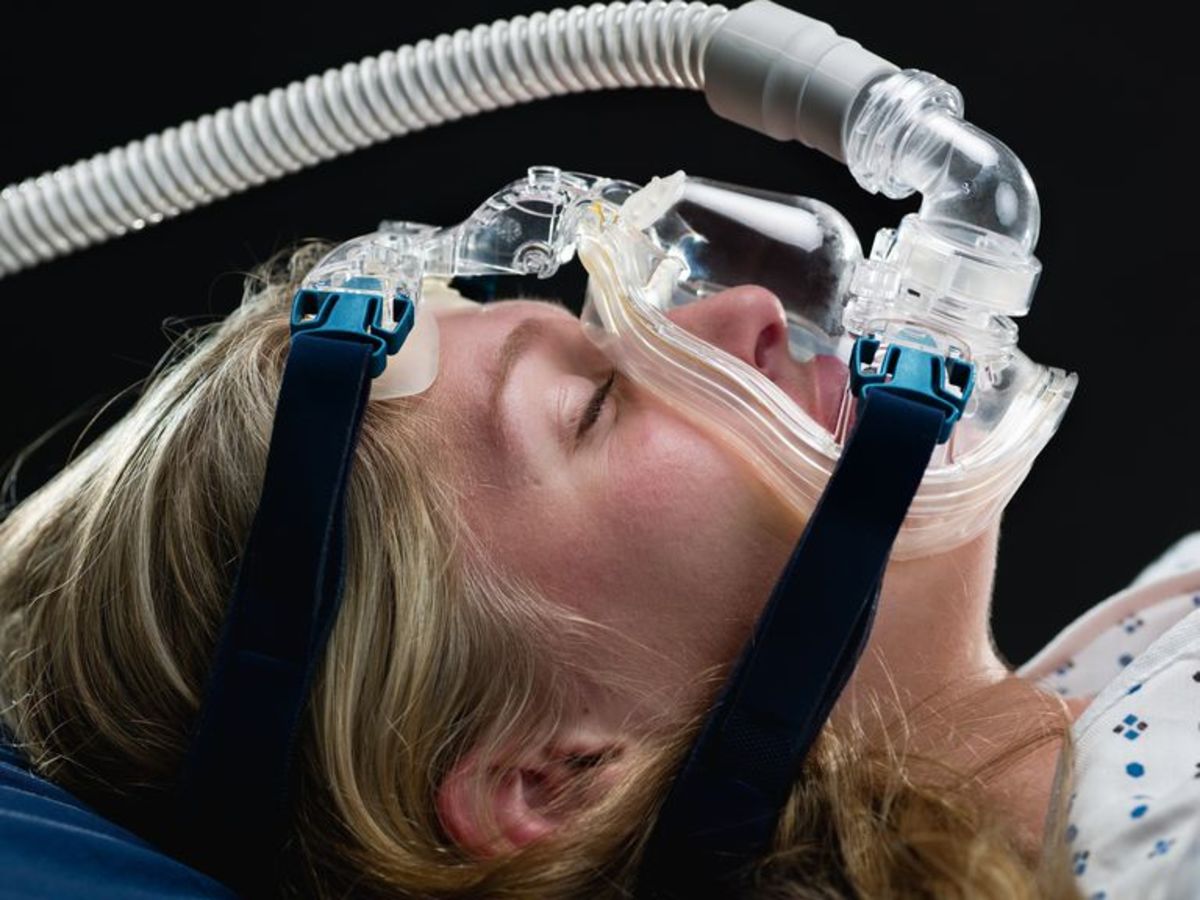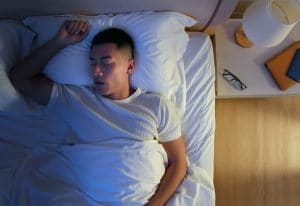

Mertens’ team checks in with patients during the first three to five days, again between 30 and 45 days and again between 60 and 90 days.įaulkenburg, the patient in Florida, first tried a CPAP 15 years ago but never checked back with her pulmonologist when she was struggling. “The hose then pops open and stays open.”Īt the Cleveland Clinic, about 70% of patients in the Respiratory Home Care program keep using their CPAP, Mertens said.įollow-up is key. “When we put a CPAP on somebody, it’s like turning the water on for the garden hose,” she said. That’s what happens when a person with sleep apnea is sleeping. “Picture the air passage at the back of their throat like a garden hose with no water in it. That includes explaining sleep apnea and how a CPAP can help. So Mertens’ team goes to people’s homes to help troubleshoot problems. “The high pressure can be very overwhelming.” “Think about it as sticking your head out of a car window with your mouth open at 60 mph versus 25 mph,” said Mertens.
WHAT HAPPENS IF YOU HAVE SLEEP APNEA AND DONT USE CPAP FREE
Subscribe to KHN's free Morning Briefing.

Patients often complain that the volume of air the machine puts out feels too intense. Mary Mertens, a respiratory therapist at the Cleveland Clinic, helps patients work through problems with their CPAP machine. There’s even an increased risk of high blood pressure, heart attack and stroke. People struggle with anxiety, tiredness and low productivity. Sometimes, they quit because of confusing or stringent health insurance restrictions.īut the health effects of untreated sleep apnea can be serious. They quit for a variety of reasons, but mostly because the device can be cumbersome and uncomfortable. Studies suggest that from one-third to more than 50% of patients either stop using their CPAP machine or never bother to fill their prescription. Many people have a negative reaction to the machines and are tempted to do the same. Yet Faulkenburg quit using her CPAP and went back to feeling sleepy and tired all the time. It prevents muscles in the back of the throat from narrowing, which can constrict the airway, causing snoring or disturbed sleep. The National Sleep Foundation estimates that more than 18 million American adults have sleep apnea.Ī CPAP machine blows a stream of air into the back of the throat to let people breathe easier. With this disorder, a person’s breathing stops and starts so frequently during the night that it can lead to or exacerbate health problems. “I just could not get used to the face mask covering both my nose and mouth,” said Faulkenburg, who lives in Oviedo, Fla.ĬPAP, or continuous positive airway pressure, is often one of the first solutions doctors suggest for sleep apnea. “An Arm and a Leg” is a podcast about these issues, and its second season is co-produced by KFF Health News. But you’re not alone with this stuff, and knowledge is power. Health care - and how much it costs - is scary.


 0 kommentar(er)
0 kommentar(er)
